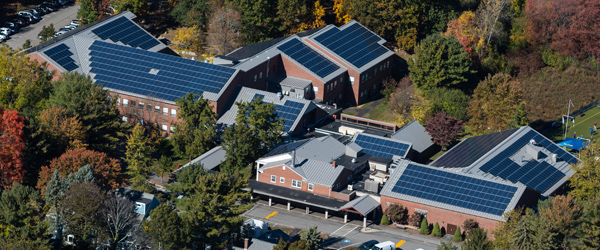Making Solar a Reality for Nonprofits

The number of solar installations continues to soar in America, especially in the corporate sector. While the adoption of this renewable energy is showing no signs of slowing down, it’s not limited to for-profit organizations. In many cases, going solar can be a great option for nonprofit organizations, too.
Benefits of solar for nonprofits
By choosing solar, a nonprofit can build their organization’s brand with stakeholders, and reinforce their mission, too. Going solar also allows nonprofits to further engage their community in a variety of ways, such as educating them on solar installations. Additionally, solar can help nonprofits achieve better control of their long-term energy budget.
Because nonprofits are tax-exempt, the federal tax credit doesn’t apply to their solar installs, which is where third-party providers can help. Some offer a Power Purchase Agreement (PPA) model to finance the systems they install. For nonprofits, this is especially valuable because tax credits can be converted into a lower electricity rate, allowing them to go solar with no capital required.
Nonprofit solar financing options
Financing a solar system installation allows nonprofits to save capital for other critical business needs. To ensure the right fit for your organization, it’s important to research financing options. Depending on how you choose to pay for your energy or the system, there are a few common choices you’re likely to see in the market.
Solar lease
Similar to a car lease, you pay a fixed, monthly amount to use the system for your facility. Depending on the terms of the lease, you may choose to purchase the system before the term ends. Operations and maintenance costs are typically covered, and you don’t pay for the energy produced.
Cash purchase
In some cases, purchasing the solar energy system outright can lead to a quicker project ramp-up time, but it’s important to note that nonprofits are not eligible to take advantage of the tax incentives due to their tax-exempt status. Operations and maintenance costs are also your responsibility, but the energy produced is yours to use with no additional costs.
PPA
This option that can be very beneficial to nonprofits. Through a third-party ownership model, solar providers typically own, operate, and maintain the system. In this scenario, you are only responsible for purchasing the energy produced by the system based on a customized long-term payment plan at a discount to current market rates.